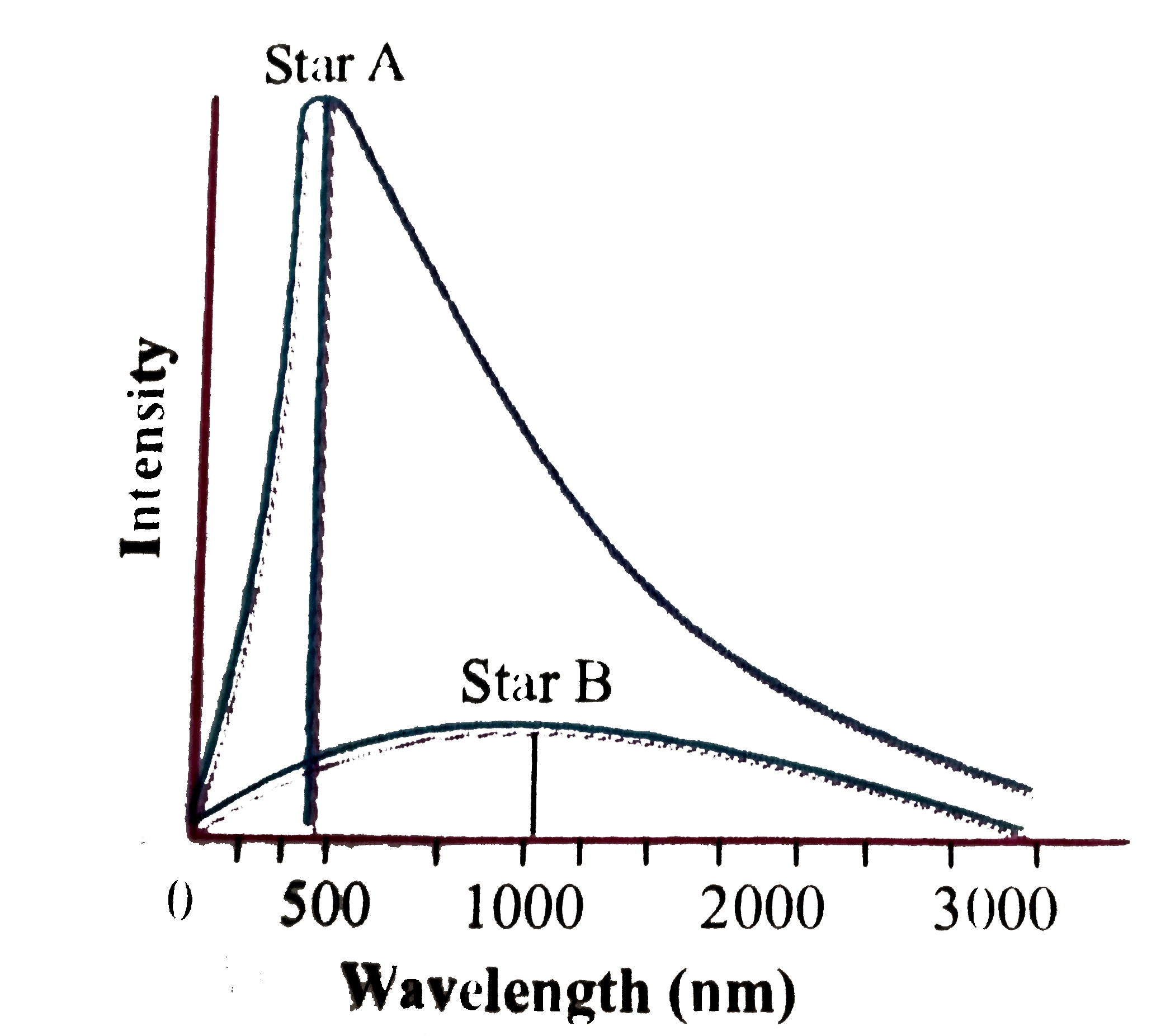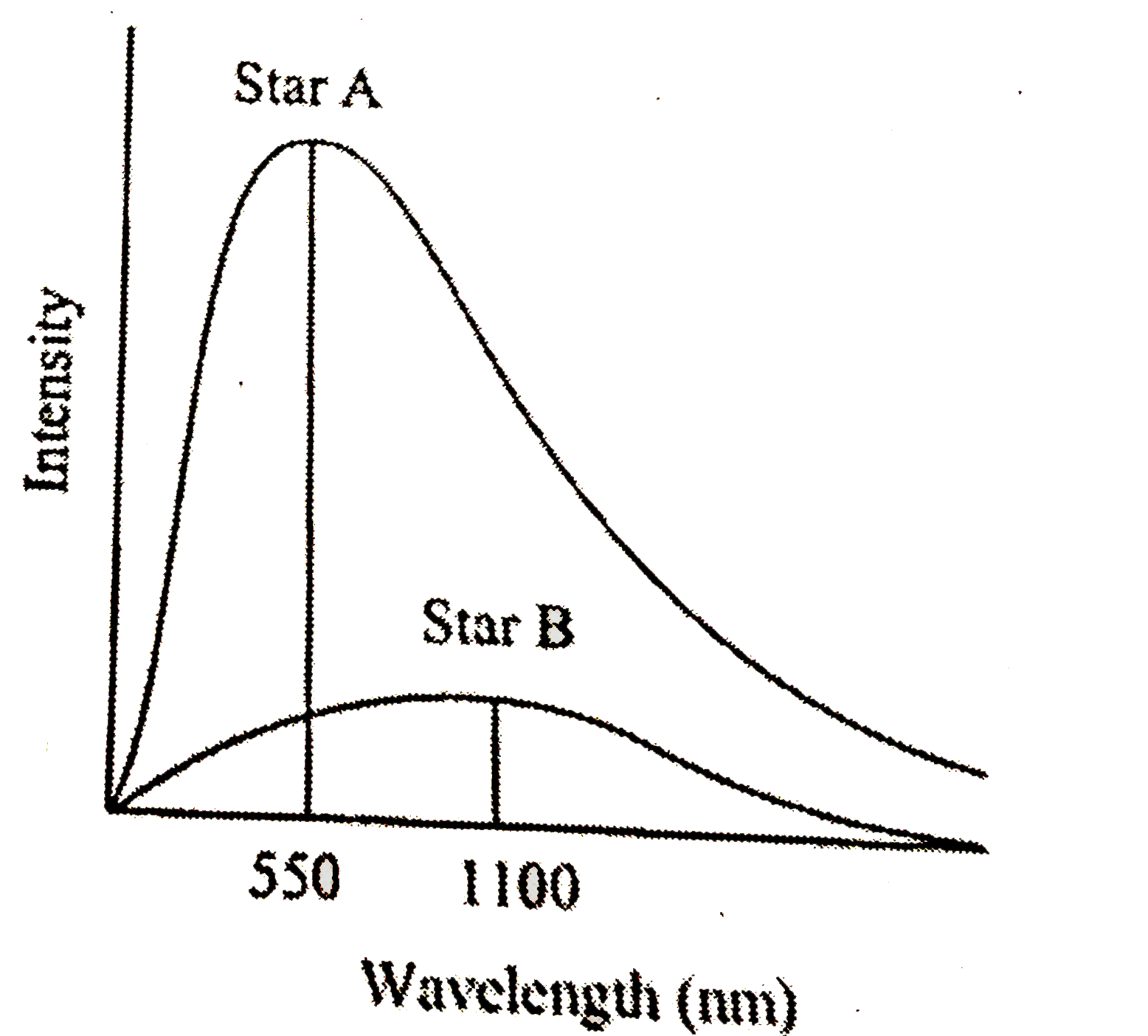Sea stars are
Free living and predaceous
Parasites on chordates
Commensals with coelenterates
Tubicolous
The correct Answer is:A
Step-by-Step Solution:
1. Identify the Classification of Sea Stars: Sea stars belong to the class Asteroidea, commonly known as starfish. This classification is important to understand their biological characteristics and habits.
2. Examine Their Physical Features: Sea stars have specific physical features such as hard plates and spines on their bodies. They also possess tube feet, which are crucial for their movement and feeding.
3. Understand Their Locomotion: The presence of tube feet allows sea stars to move effectively in their marine environment. This adaptation is key to their lifestyle as free-living organisms.
4. Analyze Their Feeding Habits: Sea stars are predacious, meaning they hunt and kill other organisms for food. Their primary prey includes small mollusks, which they consume by using their tube feet to pry open the shells.
5. Evaluate Other Options:
- The second option suggests that sea stars are parasites on caudates, which is incorrect as they do not depend on other organisms for nutrition.
- The third option implies that they are commensals with cnidarians, which is also incorrect since they do not have a mutualistic relationship with cnidarians.
- The fourth option mentions that they derive nutrition from tube feet, which is not accurate as tube feet are primarily for locomotion and not for nutrient absorption.
6. Conclude with the Correct Answer: Based on the analysis, the correct characterization of sea stars is that they are predacious organisms that hunt and consume small mollusks.
Final Answer: Sea stars are predacious organisms that primarily feed on small mollusks.
---
- The second option suggests that sea stars are parasites on caudates, which is incorrect as they do not depend on other organisms for nutrition.
- The third option implies that they are commensals with cnidarians, which is also incorrect since they do not have a mutualistic relationship with cnidarians.
- The fourth option mentions that they derive nutrition from tube feet, which is not accurate as tube feet are primarily for locomotion and not for nutrient absorption.
Similar Questions
Statements:- I. All stars twinkle. II. All satellites twinkle.
Conclusions:- I. Some stars are satellites. II. Some stars are not twinkle.View SolutionThe spectra of radiation emitted by two distant stars are shown below The ratio of the surface temperature of star A to that of star B,TA:TB is approximately
 .View Solution
.View Solution
Knowledge Check
- Question 1 - Select One
Statements: Some stars are birds.
No birds are elephants.
Conclusions: I Some stars are not elephants.
II All stars are elephants.
III Some elephants are not stars.
IV. All elephants are stars.AEither I or II and either III or IV followBOnly I followsCEither III or IV followsDNone of these - Question 2 - Select One
A binary star system is revolving in a circular path with angular speed 'ω' and mass of the stars are 'm' and '4m' respectively. Both stars stop suddenly, then the speed of havirer star when the separation between the stars when the seperation between the stars becomes half of initial value is :
A ⎷2[(Gmω)22]1/3B ⎷25[(Gmω)25]1/3C ⎷[(Gmω)25]1/3D ⎷2[(Gmω)25]1/3 - Question 3 - Select One
The spectra of radiation emitted by two distant stars are shown below.

The ratio of the surface temperature of star A to that of star B, TA:TB, is approximately-A2:1B4:1C1:2D1:1
Distance between the centres of two stars is 10a. The masses of these stars are M and 16M and their radii a and 2a respectively. A body of mass m is fired straight from the surface of the larger star towards the smaller star. The minimum initial speed for the body to reach the surface of smaller star is
View SolutionRespiratory organs in a sea star are
View SolutionPedicellariae of sea star is a pincer-like structure which
I.is used for biting and rasping .
II.helps in keeping the body surface clean .
III.helps in cloacal respiration .
IV.acts as organ of offence .
Choose the correct option .View SolutionCertain neutron stars are believed to be rotating at about 1rev/sec . If such a star has a radius of 20 km , the acceleration of an object on the equator of the star will be
View SolutionStatements: All planets are stars
All stars are asteroids
All asteroids are moons
Some moons are rocks
Conclusions: I. All asteroids are planets
II. All asteroids are stars
III. All moons are stars
IV Some rocks are starsView Solution

